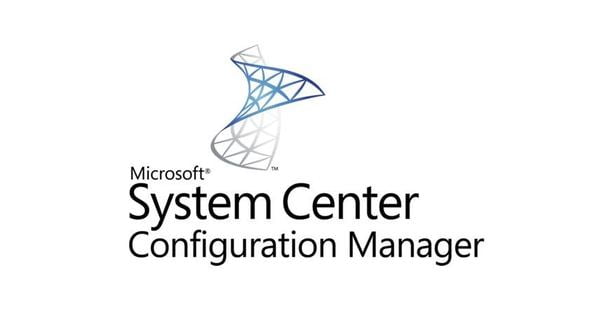Estimated reading time: 4 minutes
If you have a new model of computer and you have PXE booted it and you do not get a network connection or IP address, then this is because the network card driver for that model is not available either within Windows PE or the boot image you have used to PXE boot the machine.
To fix this can be very difficult as you have to identify the correct the model of the network card, then download the correct driver, test that driver within Windows PE, then once you have got the correct driver, you have to import it into SCCM and then inject into your boot image.
Instructions
To do this, you first have to PXE boot the affected computer and once into Windows PE, press F8 quickly to start a command prompt. To ensure that you are looking at the correct problem, type in IPConfig and press enter. You should find that if it is a network card error, you are receiving no IP address. If this is the case, you should now take steps to identify the network card.
Whilst in your command prompt, you will need to run the WMI test tool, you can do this by typing in WBEMTEST and it will bring up a box like this:
You should then click the Connect button and connect to the following location:
rootcimv2
This will enable all the other buttons and now allow you to click the Query button:
You then need to enter a query to identify the hardware details of your network card. The query you should run is:
Select * from Win32_PNPEntity where description LIKE “%ethernet%”
You should then click the Apply button:
This will then bring up the Query Result dialogue box and will look similar to this:
You should then double click each result (most cases there will only be one result but we have Hype-V installed on our test machine so there is two..) and it should bring up a box like this:
In the Properties window space, you should scroll down and then look for two things to identify the network card. One is the Caption and the other is the DeviceID:
You have then identified the network card driver that is required. But there is now also a simple way of getting that driver. If you take a copy of the DeviceID, you should then go to the Windows Update Catalog which is here:
https://www.catalog.update.microsoft.com/home.aspx
You can then enter the DeviceID into the search and download the required driver.
Once you are happy that you have the correct driver, copy the driver files to a memory stick and plug it into the machine with the issue.
You should then go back to your command prompt and browse to the location of the network card drivers on the memory stick. Then, you should run the following command:
Drvload “networkcarddriver.inf”
where “networkcarddriver.inf” being whatever the name of the network card driver inf is.
When it has loaded, you should then type in IPConfig – if you get an IP address, you have the correct driver and you can then import it into SCCM and add to your boot image.
If you do not get an IP address, you have the incorrect driver and you should find another one.
REMEMBER– you are getting the driver for the Windows PE version you are using, not the Windows Operating system you are hoping to install.
Credit
Thanks for the original guide from Niall Brady’s blog.
Feedback
If you have any questions or comments on this guide then please feel free to leave us a message below using our comments section.
Share this content:
Discover more from TechyGeeksHome
Subscribe to get the latest posts sent to your email.
